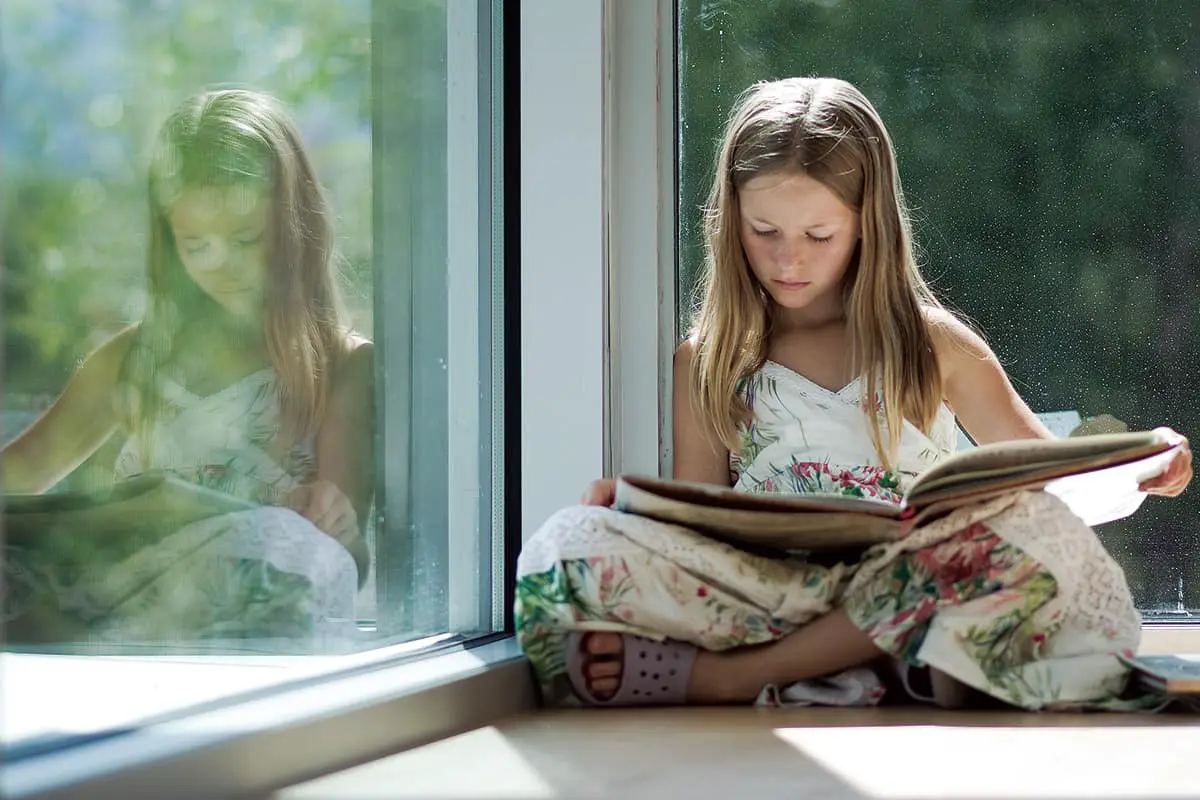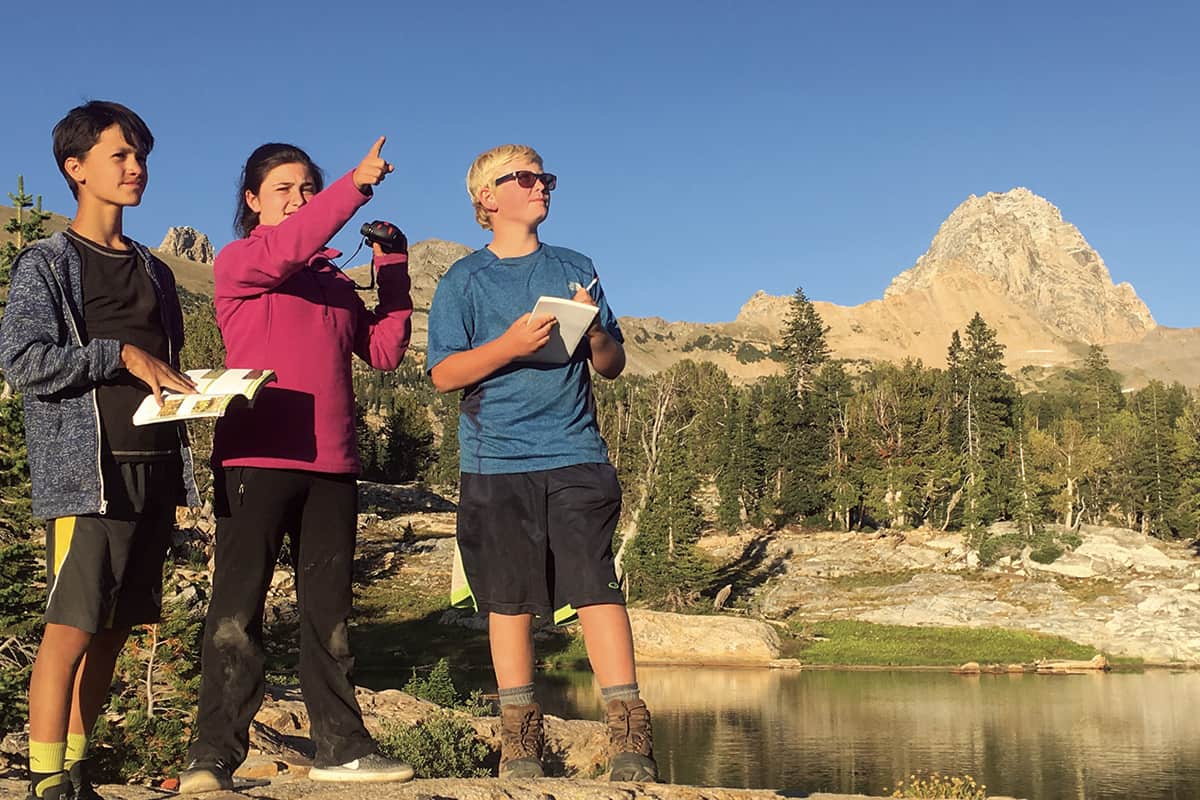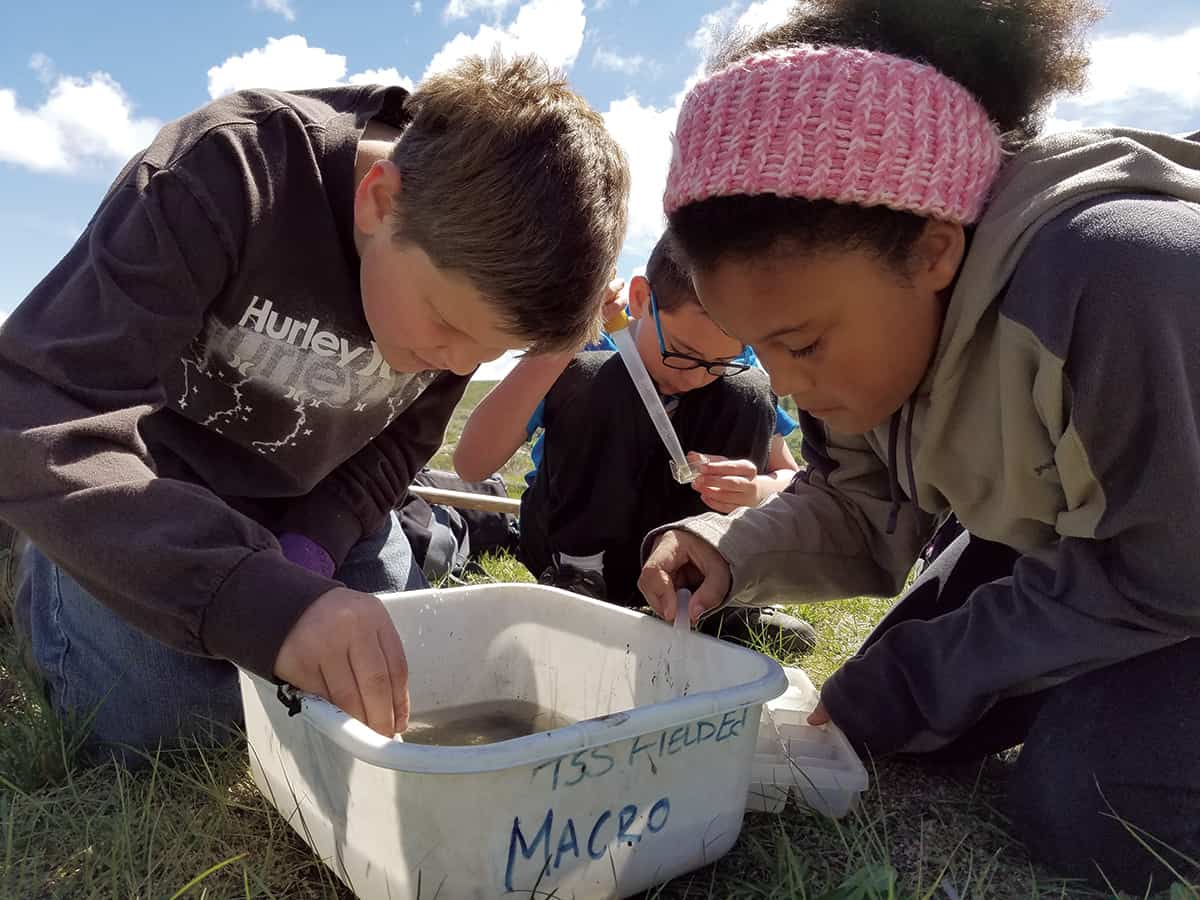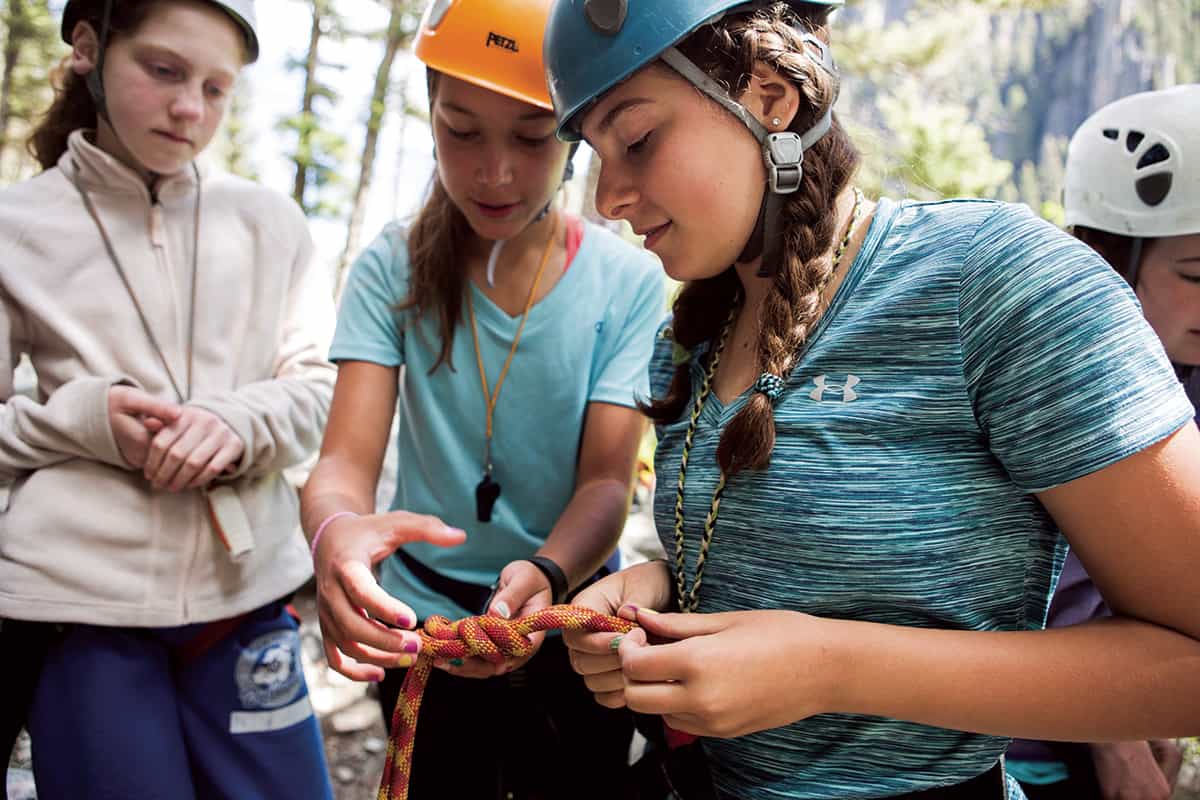By Jeannette Boner
–
Once upon time there was summer vacation.
Maybe you remember it the way I do—the summer months bookended between kindergarten and when you took your first “real job” pulling weeds, cutting grass, or slinging food. No schedule. No real concept of time at all. Just long, hazy days strung together by water balloons, fireflies (if you had ’em), tag, and, best of all, no teachers’ dirty looks.
But then life happens at breakneck speed and suddenly you’re a parent. And it’s summertime! The kids are home and the TV is on, again. And the days are ENDLESS. And you worry about all that learning that is leaking—LEAKING—out through their cute little ears as your kids wander in and out of rooms telling you they are bored.
Well, you know what you’re going to do today. You are going to grab summer vacation by the, um, you know, and gently, intentionally, and without too much pressure, begin a summer of learning. Yes, you can do this!
But first, a little homework before you replace the remote control with a library card: What are learning models? And where does your child fit in?
Learning Models
Models of learning continue to ebb and flow with every new study, every new student, and every new educational theory. A quick Google search for “learning models” produces access to an amazing cache of information. So, unless you are steeped in the educational system as a professional, it becomes overwhelming to navigate through the models of learning.
“One size doesn’t fit all,” says Suzanne Knighton, a private tutor who serves Teton Valley and Jackson. “I am done passing judgment on any one type of learning style. We’re all different for a lot of reasons and we need all types of learners to make this world great.”
Some students respond to play, some to structured learning, some to experience by doing, and others need to have their nose in a book. “That’s all okay,” says Melissa Young, a fifteen-year veteran educator who teaches at Rendezvous Upper Elementary School in Driggs. She explains that education needs to be differentiated for all students, no matter which practice is being used. “No one practice meets every need—a mix of practices, philosophies, and pedagogy is ideal,” she says. “Just because you have a play-based program, doesn’t mean early academics can’t be a part of it. It shouldn’t be black and white, but rather geared to what a child needs and is ready for.”
However, flexibility in the educational system isn’t always easy or even possible. Taking into account my own experience as a young student negotiating the halls of elementary school, this idea that the world needs different learners and that educational systems—Montessori, public, private, charter, or classical—need to be flexible to accommodate varied learners, feels almost radical to me. I was very much a sit-at-your-desk, face-forward, copy-what’s-on-the-blackboard student.
“There is so much research on how our brains work,” says Hayley Kleyman of Jackson Hole Tutoring. “There are the old-school teachers and then there are the Journey [Schools]. But [for me], being a math tutor, specifically, and teaching math to all levels of learners—from freshman who are ready for calculus to seniors who are struggling through Algebra 1—you have to approach learning from so many angles.”
Where To Start
“I can meet a student, talk with them for a while, and deduce that classical education is either the right fit for them, or it will destroy them,” says Kleyman. (Classical education is a learning model that is divided into three phases: the grammar stage, the dialect stage, and the rhetoric stage.)
But how can you figure that out that as a parent?
Young says that while there’s a right fit for different students, there is no right or wrong answer. She devotes a great deal of time in her classroom to trying to understand her students’ individual learning styles, and then spends the same amount of time talking to her class about the way different people learn. Young believes it’s good for students to experience other styles of learning so they can understand that this, too, is part of life.
In the summer, you can start by figuring out what kind of learner you are raising. Learning is broken down into four main categories: visual learners, learners that prefer to listen, learners that need to touch, and kinesthetic learners, or learners who like to move.
The way a kid learns is not always obvious. Sometimes it just takes a little more observation on our part. Consider asking your child to teach you something. How does your child go about the process? Does she sit down and draw you a picture? Does he tell you a story? Or does she dance around the kitchen acting out characters?
Paying attention to your child’s daily choices can also help you identify a learning style. Next time you are at a restaurant waiting for service, watch how your child occupies her time. Does she sit and draw, or, like mine, bounce off the walls and dig through the baby’s bag? Or consider what your child likes to do after school. Does he like to run around outside? Does she prefer an art class, learning a musical instrument, playing with Legos, or building forts?
Kleyman believes the best thing you can do—regardless of what style of learner you have—is foster a love of learning, whether you’re in the throes of a school year, or in the long stretch of summer break.
Cooling Off in Summer
Uncovering your child’s learning style is important before wading into a summer of learning, but first things first: Relax!
“It’s important that kids read and have a passion and motivation for learning,” says Kleyman. “But they don’t need to do fraction drills all summer,” adding that parents need to set an example that learning is fun and cool. When you set that example at home, you set your student up for success.
For teacher Kristin Johnson with the Learning Academy of Teton Valley in Driggs, learning while doing is a great habit to foster, especially in the summer. “At The Learning Academy, we believe that learning can be happening all around us, all the time, if we are aware and open to the opportunities,” she says. She tells parents to make a science lesson out of a hike or backyard playtime by taking photos and making a wildflower, tree, or bird guidebook. “You can bring a magnifying glass [along on your hike] and identify insect parts, or bring a cloud chart and learn about the different types of clouds and what they forecast,” she explains.
“Showing your kids what they can’t see in a classroom will help them develop real-world experiences that can be used to make connections later on in school,” says Mary Hietpas, a reading specialist and mother of three. She explains that trips outside of normal routines can serve a variety of learners during the summer. If you have a child that likes to read, or a child who learns through experience, visit the zoo. Families can read the signs out loud together and participate in hands-on experiences that zoos and other educational places provide. Afterwards, draw or write a story about the day.
And that brings us to the one summer learning task that all educators stress: READING.
“The number-one thing every parent should encourage, and even insist upon, is that their child reads every day during the summer; and, at the very least, for twenty minutes,” says Young. She stresses the importance of reading independently, and also reading aloud to someone, throughout the year.
But it doesn’t have to be this parent-dreaded nag fest.
“Reading is everywhere,” says Johnson. “Read trail and road signs, brochures, programs for events. You can ride bikes to the library and then head to the park to read. Hopefully, reading is some part of your daily routine already and should stay that way in the summer, especially at bedtime.”
So while your summer “curriculum” might not look like much of anything just yet, don’t stress. With some reading, a few educational outings, and a little tweak of the mindset, your kids—no matter what style of learner—will march off to school in the fall with a headful of new experiences. And if you have the bookworm type—well, I guess you lucked out!
But still, don’t forget to pack a few water balloons for your ride home from the library.



